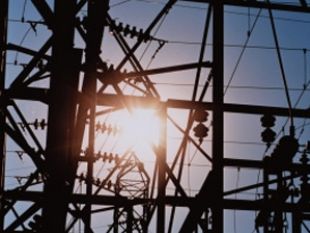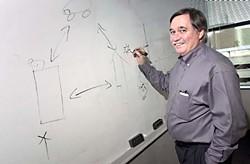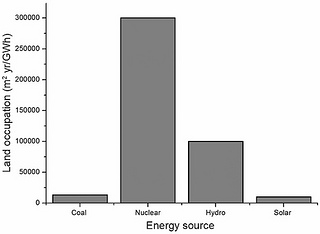Last month the U.S. grid failed due to heat wave demand, this month, it’s India’s grid.  There are several common features: coal, baseload, outdated grid, and distributed renewable energy through a smart grid as the solution.
There are several common features: coal, baseload, outdated grid, and distributed renewable energy through a smart grid as the solution.
SFGate quoting NY Times, yesterday, India grid failure causes power blackout,
The Ministry of Power was investigating the cause, but officials suggested that part of the problem was probably excessive demand during the torrid summer.
 Same as in the U.S. grid failure. Except India did it bigger, according to the Economic Times of India today,
Same as in the U.S. grid failure. Except India did it bigger, according to the Economic Times of India today,
The blackout which has left 600 million people without electricity in one of the world’s most widespread power failures.
Yet officials are in denial, according to the SFGate story:
“This is a one-off situation,” said Ajai Nirula, the chief operating officer of North Delhi Power Limited, which distributes power to nearly 1.2 million people in the region. “Everyone was surprised.”
Well, they shouldn’t be, if they were watching what happened in the U.S. And India gets most of its electricity from coal, whose CO2 emissions contribute to climate change, producing ever-hotter summers. Just like in the U.S.
The story includes a clue to the solution:
Continue reading →










